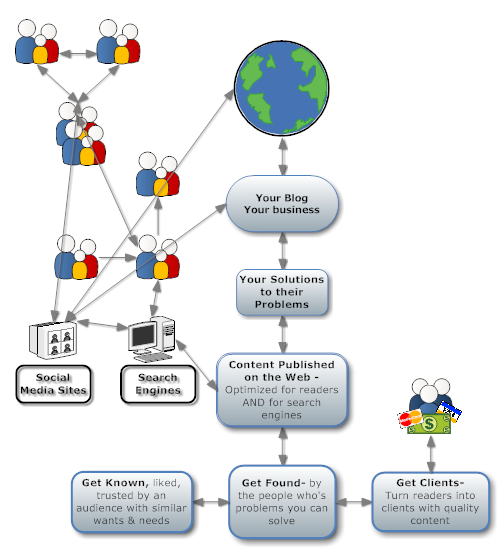 What has brain science taught us about how people are persuaded to take action online? And, how can we use that wisdom when writing content that serves to market ourselves and our businesses?
What has brain science taught us about how people are persuaded to take action online? And, how can we use that wisdom when writing content that serves to market ourselves and our businesses?
These two questions have been fueling my mental energy for the past few years. As a journalist-turned-psychologist, turned-online-content-marketer, you might imagine that these issues keep me up at night … or not! I believe this is important stuff for any professional who wants an effective online presence.
Here’s what I see as an important shift in online marketing tactics. It has significance for you if you’re trying to create content for your own business.
Business persuasion skills, whether for presentations in person or for web pages online, have always centered on problem solving using rationality and logic. Smart professionals believe that people make decisions based on clearly laid-out arguments and intelligent thinking.
- What’s the problem?
- What does this mean to your target audience?
- Why hasn’t this problem been solved?
- What is your solution?
- What should people do now?
- What will happen if they don’t?
Business professionals approach online content marketing and writing for the web with this mentality. It makes sense and there’s nothing wrong with it… except it’s probably not getting good results.
Ad people, however, copywriters and marketers don’t use this approach. The people who write ads for TV, or print, or direct mail letters have been using persuasion tactics that appeal to emotions rather than reasons. Read More→












